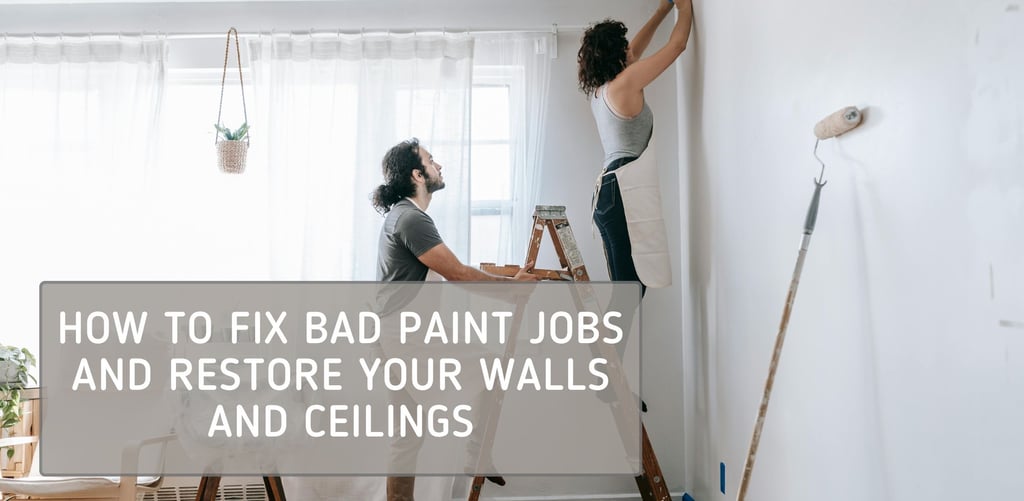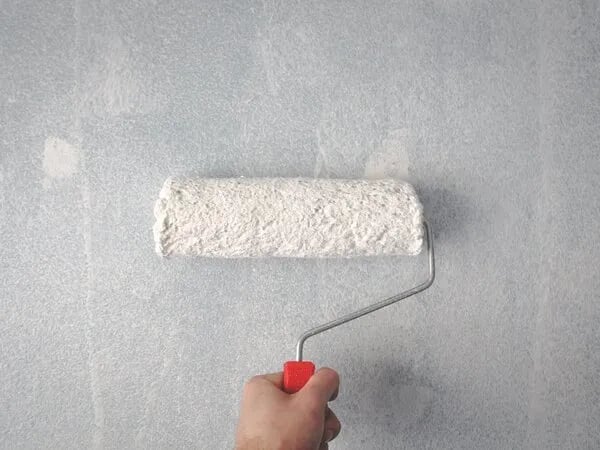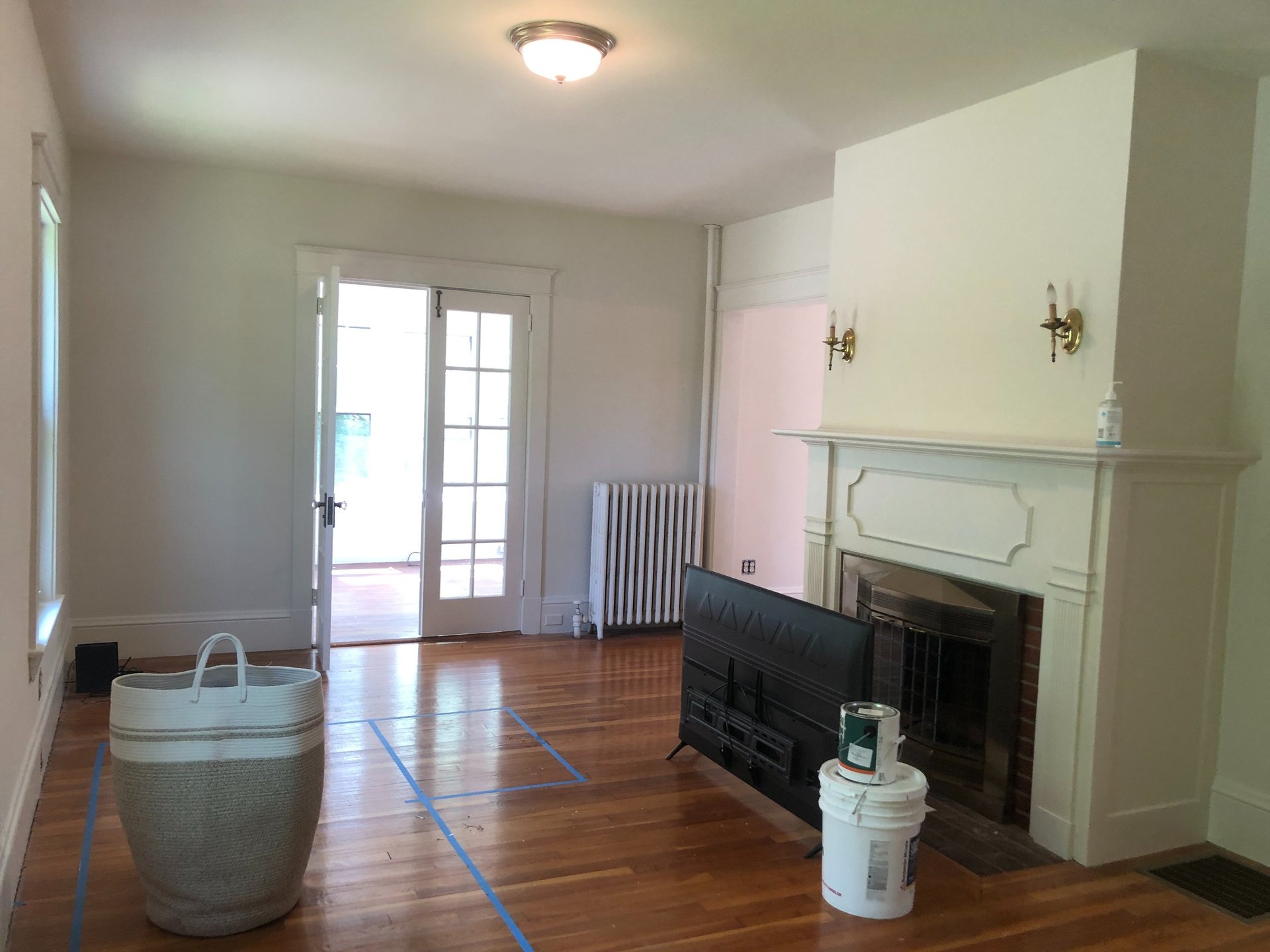How to Fix Bad Paint Jobs and Restore Your Walls and Ceilings
If you painted you walls or ceilings lately and are not satisfied, we got you covered with some tips to fulfill your vision.
2/18/20253 min read




A fresh coat of paint can completely change a space, but what if it goes wrong? Uneven coverage, streaks, peeling, or drips can make your walls and ceilings look less than perfect. Whether it’s a DIY mishap or an unprofessional job, you can fix it with the right approach. Here’s how to correct common painting mistakes for your interior and get your walls and ceilings looking great again.
Common Painting Mistakes & How to Fix Them
1. Peeling or Flaking Paint
Why It Happens: Peeling or flaking usually happens when paint is applied over a dirty, damp, or glossy surface without proper preparation.
How to Fix It:
Scrape off the peeling areas with a putty knife.
Sand the edges so they blend with the surrounding paint.
Apply a good primer to help the new paint stick.
Repaint with a matching topcoat.
2. Paint Bubbles or Blistering
Why It Happens: Moisture trapped under the paint, painting in humid conditions, or applying paint to a hot surface.
How to Fix It:
Scrape off the bubbles and sand the surface smooth.
Check for moisture issues and let the area dry completely.
Apply a primer if needed before repainting.
Use quality paint and avoid painting in extreme temperatures or humidity.
3. Uneven Coverage (Streaks & Patchy Areas)
Why It Happens: Using low-quality paint, skipping primer, or not applying enough coats.
How to Fix It:
Apply another coat to even things out.
Use a high-quality roller and brush for better coverage.
If streaks persist, lightly sand the area, apply primer, and repaint.
4. Drips and Runs
Why It Happens: Applying too much paint at once or painting too slowly.
How to Fix It:
Let the paint dry completely.
Sand down drips with fine-grit sandpaper.
Repaint the area with a light, even coat.
Use thin layers to prevent drips in the future.
5. Roller and Brush Marks
Why It Happens: Using poor quality brushes or rollers, pressing too hard, or not keeping a wet edge.
How to Fix It:
Lightly sand the surface to smooth out marks.
Use a quality brush or roller and apply even pressure.
Paint in small sections, keeping a wet edge to blend strokes seamlessly.
How to Prevent a Bad Paint Job
The best way to avoid these issues is to prepare properly and use good materials. Here are some key tips:
Prepare the surface: Clean, sand, and prime before painting.
Use quality materials: Good brushes, rollers, and paint make a big difference.
Apply thin, even coats: Thick layers cause drips and uneven textures.
Follow drying times: Rushing leads to peeling and streaks.
Control the environment: Avoid painting in humid, dusty, or very hot conditions.
When to Call in the Professionals
If your paint job needs major repairs, it might be time to call in the experts. A professional painting company like Zellers Painting can assess the damage and provide expert solutions. With the right techniques and materials, they’ll make sure your walls and ceilings look flawless.
Time to Paint!
A bad paint job doesn’t have to be permanent. With patience, the right tools, and good techniques, you can fix imperfections and get a smooth, professional looking finish. If the job is too big to handle or you want guaranteed top-tier results, hiring a professional is the best choice. A great paint job not only improves your space but also adds value to your home or business.
Need help fixing a bad paint job? Contact us today, and let our expert team restore your walls and ceilings to perfection!
